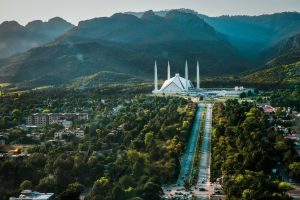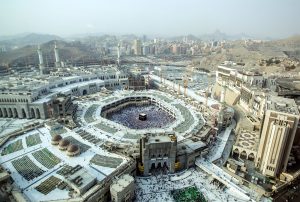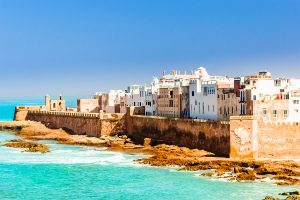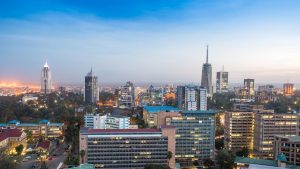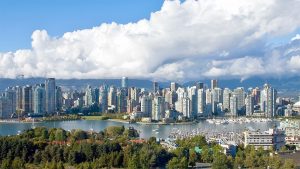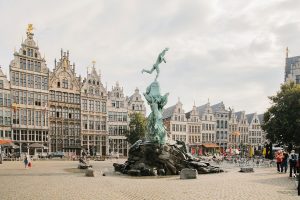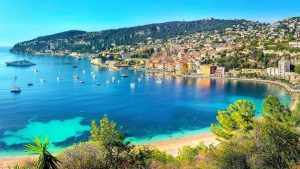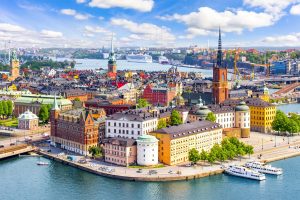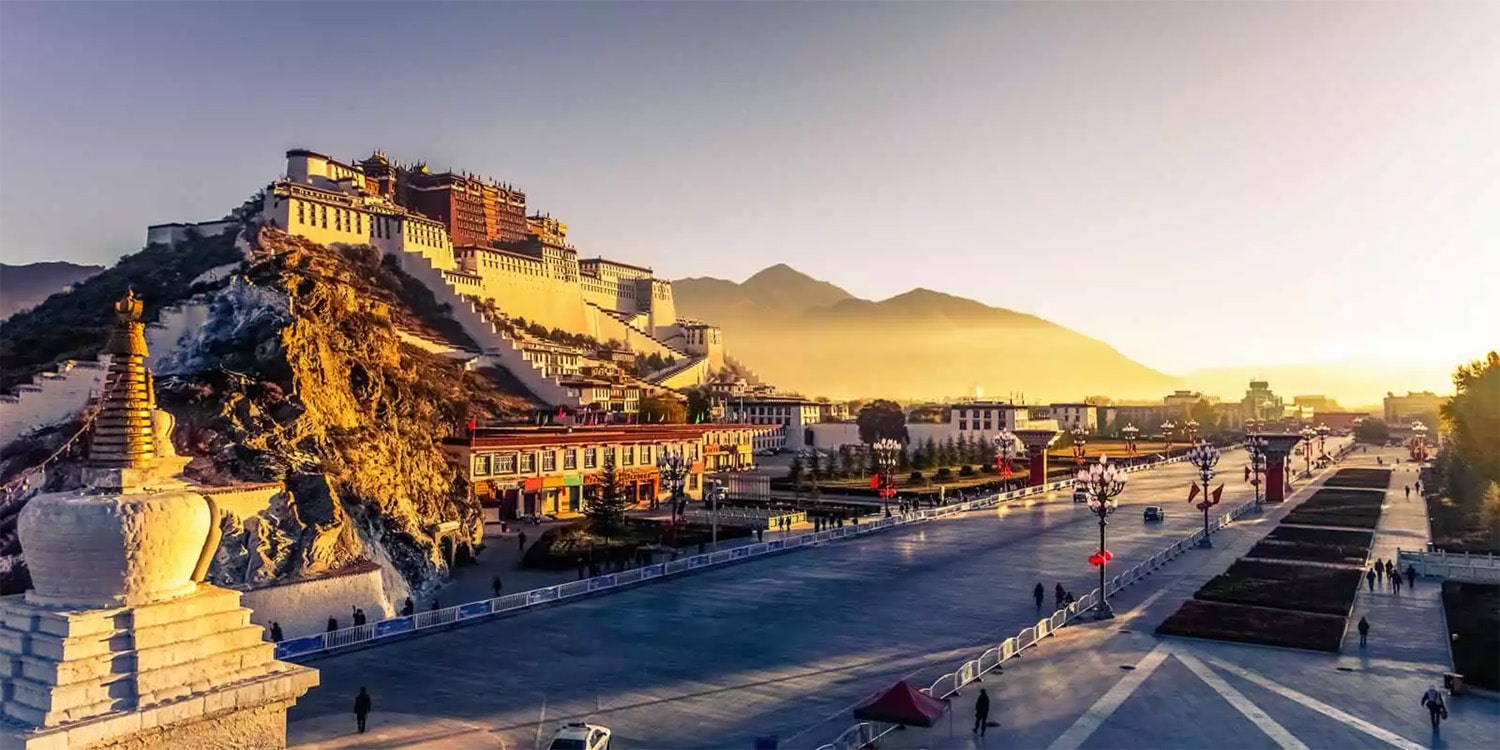
23 interesting facts about Lhasa
- 👁️ 1208
Lhasa, the capital of Tibet, is a city steeped in spirituality, history, and natural beauty. Nestled in the Himalayas, it has been the religious and administrative center of Tibet for centuries. Known as the “City of Sunshine” for its unusually sunny weather, Lhasa is a place where tradition and modernity intertwine, offering visitors a unique glimpse into Tibetan culture and lifestyle. From its majestic palaces and monasteries to its vibrant streets and markets, Lhasa is a city that captivates the hearts of travelers from around the world. Let’s explore some interesting and informative facts about this enchanting city.
- Lhasa is located at an elevation of about 3,650 meters (11,975 feet), making it one of the highest cities in the world.
- The name “Lhasa” means “place of the gods” in Tibetan.
- Lhasa is home to the Potala Palace, which served as the winter residence of the Dalai Lamas until 1959.
- The Jokhang Temple, located in Lhasa, is considered the most sacred and important temple in Tibetan Buddhism.
- Lhasa was largely inaccessible to foreign visitors until the 1980s.
- The Barkhor, a popular devotional circuit as well as a bustling market area, surrounds the Jokhang Temple.
- Lhasa features a cold desert climate, with long, cold winters and short, mild summers.
- The Norbulingka Palace, meaning “Jewel Park,” served as the traditional summer residence of the Dalai Lamas.
- Lhasa was established as the capital of the Tibetan Empire in the 7th century.
- Sera Monastery, Drepung Monastery, and Ganden Monastery are known as the three great university monasteries of Tibet, all located near Lhasa.
- The Lhasa River, a tributary of the Yarlung Tsangpo River, flows through the city.
- Lhasa is a city of great linguistic diversity, with Tibetan, Mandarin Chinese, and various local dialects spoken.
- The Ramoche Temple is considered the second most important temple in Lhasa, after the Jokhang Temple.
- The 14th Dalai Lama’s escape to India in 1959 started from Lhasa, following the Tibetan uprising.
- The Tibet Museum in Lhasa houses thousands of artifacts related to Tibetan history, art, and culture.
- Lhasa hosts several important festivals, including the Shoton Festival, which features dramatic opera performances and picnicking.
- Traditional Tibetan architecture in Lhasa is characterized by flat roofs, bearing walls constructed of rammed earth or stone, and wood-framed windows.
- The Lhasa Apso, a small, ancient dog breed, is named after the city.
- Lhasa has undergone rapid modernization and infrastructure development in recent years, including the construction of the Qinghai-Tibet Railway.
- Pilgrims from all over Tibet and beyond come to Lhasa to perform kora, a form of pilgrimage, around sacred sites.
- The city has become a symbol of Tibetan nationalism and the struggle for Tibetan independence.
- Despite modernization, Lhasa retains its traditional charm, with many locals wearing traditional Tibetan clothing and engaging in age-old customs.
- Lhasa’s economy is largely based on tourism and handicrafts, including Tibetan rugs, jewelry, and thangka paintings.
Lhasa, with its breathtaking landscapes, profound spiritual significance, and rich cultural heritage, continues to be a place of pilgrimage and discovery. The city’s unique blend of ancient traditions and contemporary life offers an unforgettable experience to those who visit. From the awe-inspiring Potala Palace to the vibrant streets of the Barkhor, Lhasa embodies the soul of Tibet. Its enduring spirit, despite the challenges of modernization and political tension, remains a testament to the resilience and faith of the Tibetan people.
